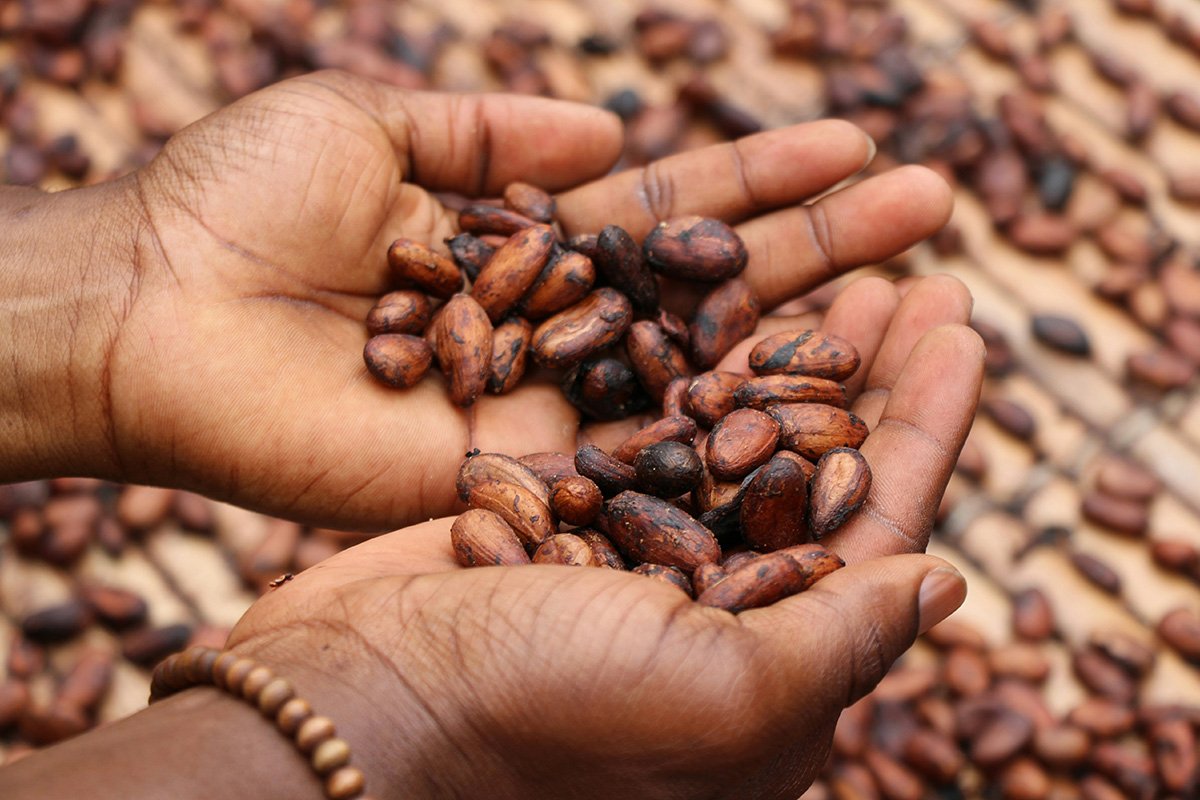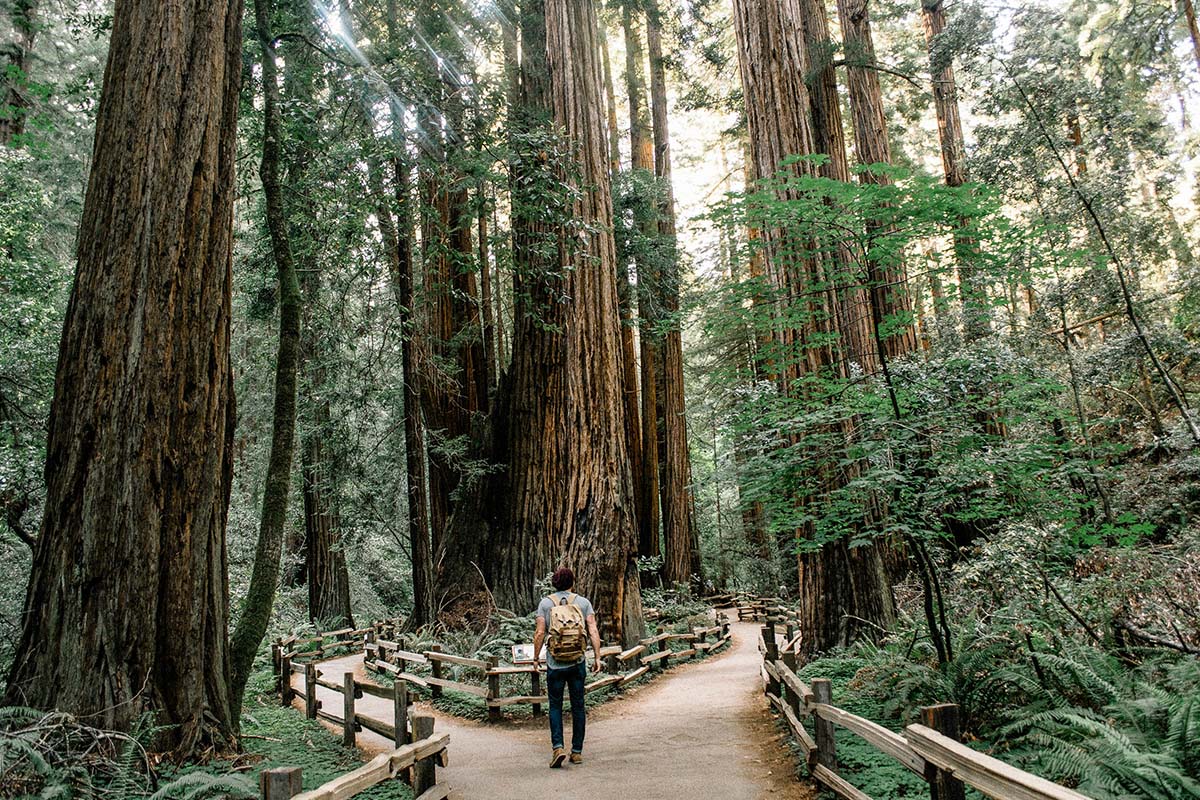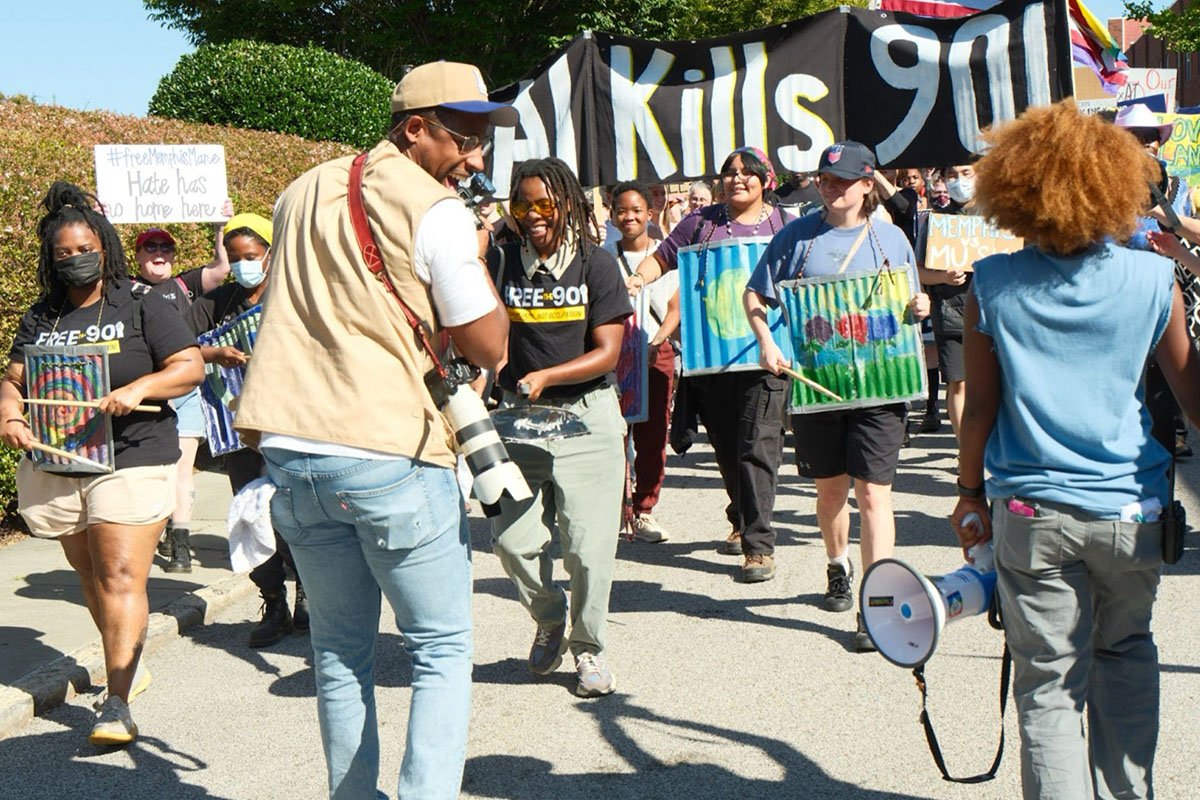
Earlier this month, several media articles announced the launch of Love, a new health tech startup. The company claims to “act as a Kickstarter for clinical trials, crowdsourcing ideas and cash to run pharma-grade studies on the health effects of natural products—for instance, the power of turmeric to manage diabetes.”
The company, which has already raised $7.5 million in venture capital, bills itself as “people-powered pharma” that will use a decentralized autonomous organization (DAO), or a blockchain-enabled mechanism frequently used in the cryptocurrency universe to enable collective decision-making and participatory resource allocation to projects. Love claims that through this approach, it will address key barriers to adopting alternative medicine and/or modalities. For example, due to skepticism and low prioritization of these approaches in the US healthcare system, we lack data about them, and there is little financial incentive to invest in them. The company will also launch a storefront that sells supplements, vitamins, and other items.
A “litepaper” on the company’s website describes Love’s core assumption, namely, that most wellness practices have no empirical foundation: “Millions have found alternative medicine paths on places like Reddit, Facebook groups, or local communities. However, these communities lack financial means, or a pedestal, to stand on. More importantly, their beliefs are just stories; the things they claim heal them have no clinical data to back them. And, clinical data requires trials, which requires money.” Love’s newly named CEO, Ryan Breslow, echoes this sentiment, sharing, “Some people say homeopathy is a bunch of wackos, and many people say it really works. Our goal is to put an end to the age-old debate.”
Even after accounting for the broad generalizations in these statements, I was astounded at the wellspring of frustration, confusion, intrigue, and disillusionment that the new company’s announcement set off in me. As a long-time student of the ancestral healing practices of communities of color around the world—and, as an Indian American who has sought out my own healing within a whitewashed wellness industry that frequently appropriates then commodifies aspects of my own cultural background—I struggle with the complexities of companies like Love. A public health researcher, I believe in science and am skeptical of “magical cures.” I have also experienced the positive impact that building a healing practice, including meditation and energy work, has had on my health.
On the one hand, many elements of Love’s business (at least at surface value) seem to warrant excitement: acknowledging that the US healthcare system is not working; cultivating greater awareness of and investments in healing efforts that have not historically been funded in the US; democratizing health definitions and decision-making—something I deeply believe in.
On the other hand, Love’s efforts could also reinforce existing economic, racial, and health inequities that healers and wisdom keepers in Black and Brown communities already deal with, while also ignoring the structural forces that gave rise to our current healthcare and wellness industries. Much of the mainstream discourse on healing in the United States is shaped by white, affluent business owners and influencers—people who perhaps were indeed introduced to plant medicine or meditation through a Reddit thread. But for others, the entry point into traditional healing may be a daily ritual with family members or intuition gleaned from qualitative data passed down through generations.
Without democratic ways for those communities to lift up the healing practices they believe in and benefit from, and without mechanisms to ensure that companies like Love are accountable to traditional healers, we run the risk of recreating old patterns. One starting point is to interrogate the history and assumptions embedded within the US healthcare and wellness industries, as well as the financial systems that undergird them.
First, how did the idea of “alternative medicine” (or “wellness” or “healing”) come to be in the US? A limited few in our country have historically exercised power over what counts as data, as an evidence-based solution, and therefore as acceptable medicine.
Second, in what ways does commodification distort healing practices, through cherry-picking an element from its full context and selling it as a quick fix? Ancestral healing philosophies are often integrative and non-linear and leave room for multiple perspectives – a challenging fit for Western societies that seek a definitive yes/no answer.
Third, who stands to profit financially from greater openness around and adoption of these healing efforts? In the case of the growing legal marijuana market, white business owners and investors reap large profits from new ventures while communities of color, already carrying the persecution burden of racist drug policies, are blocked from accessing resources.
What Is Alternative Medicine Anyway?
In Who is Wellness For?, Fariha Roisin, a Bangladeshi Muslim, recounts her recognition that the “customs, practices, and even food of her native culture that had once made her different—everything from ashwagandha to prayer—were now being homogenized and marketed for good health, often at a premium by white people to white people.”
Many people of color see aspects of their culture, which they were ostracized for, coopted by those that did the ostracizing. Such experiences speak to the shifting nature of what is considered healthy and acceptable in our society. The earliest days of our nation’s healthcare system were deeply intertwined with burgeoning white supremacism, resulting in Eurocentric medical definitions and practice. While diverse groups of people engaged in questionable health practices—like leech therapy and bloodletting—there was a particular push to discredit non-western healing traditions, in keeping with medical racism.
The concept of “alternative medicine” today—that is, treatments that the medical establishment deems unorthodox—emerges from this history. Since BIPOC, low-income, LGBTQIA+, women, and nonbinary folks have historically been excluded from the medical establishment, what is considered orthodox leaves quite a lot of ground uncovered. Indeed, in the 18th and 19th centuries, even naturopathic doctors, white men who practiced botanic healing and advocated for natural rather than synthetic remedies—a popular approach among patients—were criticized by their allopathic medicine peers.
Interest in healing, wellness, and holistic medicine increased in the 1960s and 1970s, after the first half century’s scientific advancements—and the improvements in life quality that such advancements brought to those who could access care—were coupled with insights into the potential unintended consequences of medical treatments, such as thalidomide, a drug used to treat insomnia that was found to cause severe birth defects. Growing interest in natural healing methods and skepticism of establishment authority served as the launching point for the massive alternative medicine industry we see today. But even today, a limited few control what is “acceptable” when it comes to mainstream health and healing.
Sign up for our free newsletters
Subscribe to NPQ's newsletters to have our top stories delivered directly to your inbox.
By signing up, you agree to our privacy policy and terms of use, and to receive messages from NPQ and our partners.
Beyond “Science v. Scam”: Commodifying Healing
Embedded within the language of “a bunch of wackos” is deep, long-standing stigma and skepticism regarding the potential of foreign practices to fool and harm white Americans, even though white Americans themselves have for centuries questionably commercialized components of healing practices they are not fully familiar with. For example, the phrase “snake oil”—which refers to exploiting the public by selling an unproven cure—appears to have arisen in conjunction with anti-Chinese sentiment in the 1800s. Chinese migrants working on the Transcontinental Railroad brought with them oil derived from a Chinese water-snake that was used to treat joint pain. They offered this remedy to their fellow laborers. American entrepreneurs like Clark Stanley saw an opportunity to market their own snake oil—but lacking access to the Chinese water-snake, decided to get creative. In 1917, federal investigators found that Stanley’s product contained no actual snake oil. Since then, “snake oil” has become a symbol of fraud—despite the original healing tradition it came from.
Healing practices in communities of color are integrative and multi-faceted. Healers often emphasize that what works for one person might not work for another. The focus may also be on providing physical or mental relief rather than moving the needle on a specific quantitative lab result, as is often the goal of Western medicine. Furthermore, healers typically undergo extensive training and practice-based work before they practice—as do clinicians, they base their recommendations on experience and the specific person in front of them, not blind recommendations.
In a western capitalist context that prioritizes a magic bullet that can be quickly marketed and sold, these nuances are often lost. Taking advantage of the fact that there is still a great deal of variation and unknown when it comes to the body and brain, salespeople in wellness spaces (often white and untrained in healing practices) may cherry pick an element of a broader pedagogy like Ayurvedic or Chinese medicine, divorcing it from its full context and practitioner knowledge.
Take, for example, recent excitement around the use of turmeric to manage diabetes and a number of other conditions. In Ayurvedic medicine, turmeric is viewed as an auspicious herb that helps create overall balance between the three Ayurvedic doshas—a way of understanding different elements in the world and body. Traditionally, in addition to holding spiritual and cultural importance in Indian rituals, it has also been incorporated into dishes to aid in digestion and as an anti-bacterial to protect skin and treat wounds.
This has not gone unnoticed by the American wellness industry. Today, turmeric infused “golden milk” is widely available at coffee shops across the country, and wellness influencers extol the benefits of turmeric capsules to broad audiences. While on the one hand this could be seen as beneficial—exposing people to the potential benefits of something that has long been used by other cultures—it also demonstrates the disconnection of an element from its traditions.
As these turmeric-themed products enter the American market, they invite scrutiny to (appropriately) regulate and prevent any potential harm. Western medicine prioritizes quantitative evidence—clinical studies, for example—over qualitative data, particularly from BIPOC communities. For hundreds of years, turmeric, along with other aspects of Ayurvedic medicine, has been a part of the wellness regimen of millions. Those experiences have created insights about turmeric’s therapeutic potential that has been passed down the generations. But without healers to translate those insights, that information is lost and instead manifests as a quick-fix product.
In turn, this disconnect can reinforce racist and xenophobic narratives about being sold snake oil, particularly when something may not work—while overlooking the industry marketers selling those products in the first place.
Old Modalities, New Markets
At every healthcare conference I have attended in the past year, one of the buzziest conversations has been about the emerging psychedelic treatment space. Like conversations had during the early days of the medical marijuana, then the legal cannabis movement, this conversation is characterized by anticipation about what the future could hold for this new frontier of healthcare, without necessarily grappling with psychedelic substances’ complicated political and colonial history.
Indigenous peoples have long used psychedelic plant medicines in ceremonial, religious, and community rituals. The knowledge and techniques that Indigenous shamans hold is complex—each shaman must understand how to appropriately use psychedelic compounds from psilocybin mushrooms, ayahuasca, and hundreds of other plants for a variety of healing purposes. During the colonial era, European settlers viewed Indigenous healing practices as inferior or barbarian—while simultaneously using their observations of such practices and the extraction of natural resources to advance Western medicine’s development. As colonizers forced assimilation, Indigenous people’s medicinal knowledge base eroded.
Given this history, many healers of color choose not to engage with capitalist industry, especially financial instruments like venture capital. Prioritizing a collective approach that practices abundance of earth and community, they decide that receiving dollars from an economically extractive system is not in keeping with their principles.
Other healers, however, may recognize the reality of our system and choose to engage with it anyway. Today, as with legalized marijuana, such keepers of traditional medical knowledge risk being shut out of the multi-billion dollar industry that is poised to grow out of ancient medical practices. Even as the stigma around utilizing these modalities lifts, the legacy of past harm persists—as does the predictable outcome that those who stand to profit off this new sector are unlikely to be the communities that first originated it.
This trend is not limited to these two examples—for decades, structural racism and stereotypes have restricted healers of color’s access to capital to fund their own enterprises. Though they seek to bring their knowledge to broader audiences and possess a track record of improving their clients’ health, the prevailing notion that their work is “just stories” blocks them from securing funding and exposure.
Regardless of the fate of companies like Love, there is promise in the idea that significant resources should be invested in community-based healers, experts, shamans, herbalists, doulas, bodyworkers, energy masters, Ayurvedic practitioners, trauma counselors, psychedelic guides, and many others who are bringing their (and their ancestors’) craft to those who seek to heal. Through a nuanced understanding of these practitioners and their craft, and the ways that American wellness and finance intersect with them, we can build the accountability mechanisms necessary to ensure that traditional healing communities are centered in conversation and support.











